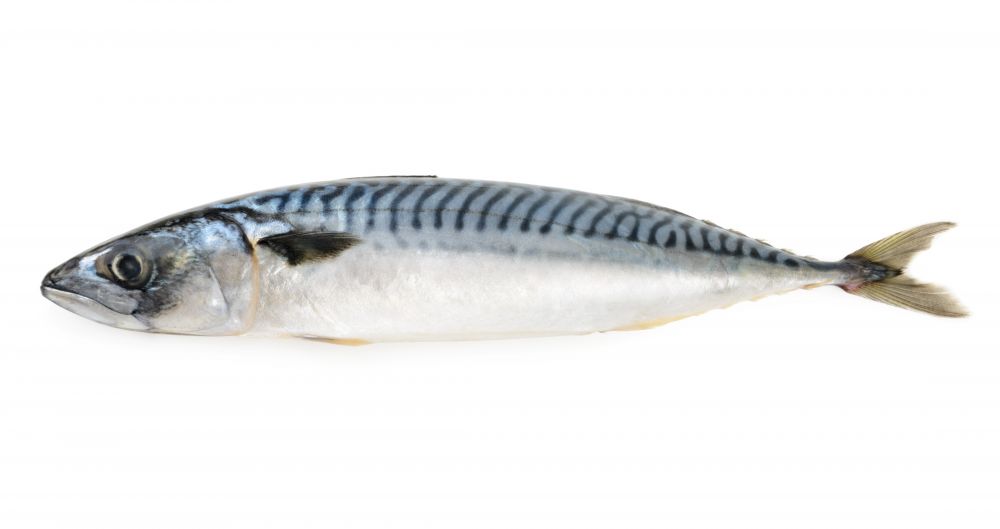
Read the article with FishingTheSpot: the mackerel fish
Keep an eye on this subject!
Thousands of species spotlights and techniques but also all the local information about your city!



Meet other anglers near you and share your fishing fishing trips, afoot or on a boat, at sea or in freshwater
See the fishing tripsThe Mackerel fish

All year
20 cm
Did you fish
this species this month?
The Mackerel fish belongs to the Scombridae family. The average size of adult mackerel is 30 to 40 cm and its weight ranges from 500 g to exceptionally 1.5 kg. It can live up to 17 years. It reproduces from March to September. The female can lay 450000 eggs. It can be fished all year round.
The streamlined body and pointed head of the mackerel, give it an excellent swimming quality (up to 10 km/h). The characteristic feature of mackerel is its blue-green back zebra with more or less oblique and parallel dark lines, while the sides and belly are silvery white. There are 23 to 33 dark chevrons depending on the individual and include the forehead between the two eyes. The fins of mackerel are grey. It has two widely spaced dorsal fins, the first being characterized by 10 to 13 thorny rays. In addition, it also has two pectoral fins (dark based), two ventral, one anal and one caudal. The caudal is preceded by 5 small feathered fins on the dorsal and ventral sides called pinnules. The tail is very indented.
The Mackerel fish lifestyle
In the larval stage, mackerel feed mainly on zooplankton (copepods account for 70% of their diet). The adult during the breeding season will feed on pelagic crustaceans, then swims with his mouth open. It can also ingest small fish, also pelagic fish such as sardines, sprats, anchovies, herring or sand eels. During the winter (December to February), mackerel fast.
The breeding period depends on the water temperature and therefore on the area frequented by the individuals. Thus it extends over the month of March in the Bay of Biscay, over March-April in southern Ireland and in May-June in western Ireland and north-west Scotland. Breeding takes place one month later in the North Sea. The Gulf of Lions is home to the spawning grounds in the French Mediterranean. Spawning (sexual approximation in externally fertilized fish) occurs at a temperature of 12-13°C and a depth of 80 to 120 metres. The sexes are separated; the female lays 350 to 450,000 eggs. Eggs with a diameter of 1.00 and 1.38 mm are pelagic. They have an oil drop of 0.3 to 0.4 mm. After 5 days of incubation, the eggs hatch and the larvae* move to the more sheltered coastal areas. After one year, mackerel are about 25 cm long and weigh about 100 g. Its growth rate then decreases as it reaches sexual maturity at around 3 years of age, when it measures about 30 cm. It grows little afterwards and will be about 35 cm at 10 years old and weigh 350 to 500 g.
The Mackerel fish habitat
Mackerel is a pelagic fish (lives in open water) and gregarious (forms schools of several hundred individuals). It lives offshore in winter and approaches the coast when water temperatures rise (spring to October), which is the breeding season. Its bathymetric distribution is large since it can be found between 0 and 250 m. Roughly speaking, mackerel have a demersal period (lives near the bottom without being benthic*) from October to February and a pelagic period from February to October. During the pelagic period, fish concentrate in food-rich areas to feed (copepods). This phase is followed by a breeding concentration (April to July) on the spawning grounds. There is then a period of dispersal in coastal waters (July to October) before returning to wintering grounds.
Mackerel are found in the North Atlantic in an area from Saint-Pierre and Miquelon including Iceland and from northern Norway to Morocco. It is also present in the Mediterranean and the Black Sea.
The Mackerel fish angling
Mackerel can be caught from the edge by throwing, but it is preferable to fish it by boat by trolling (aligning, quailing), or by supporting it with feathers.


